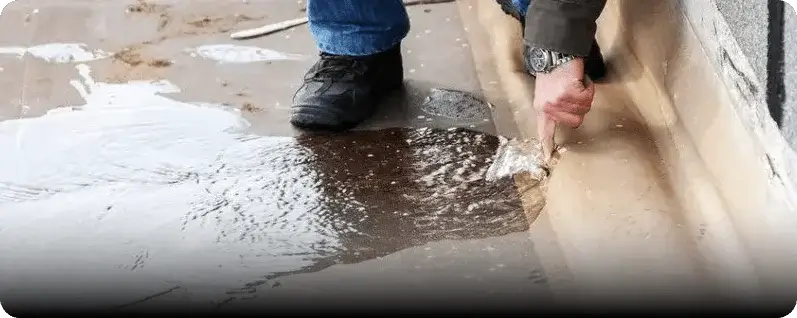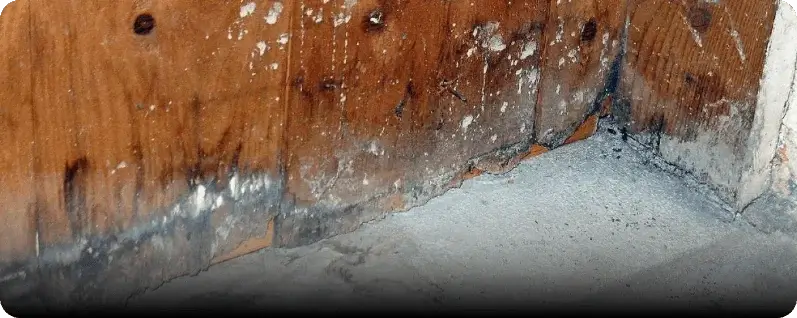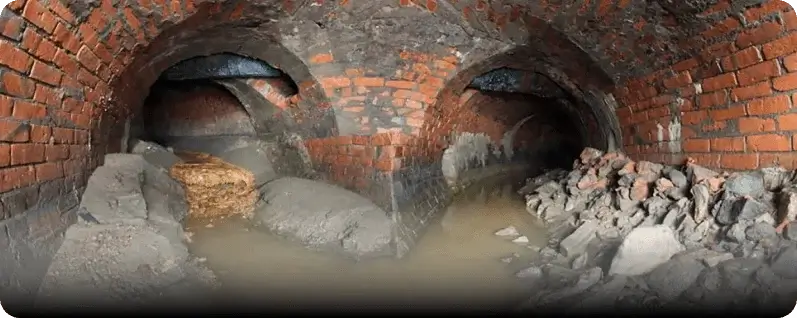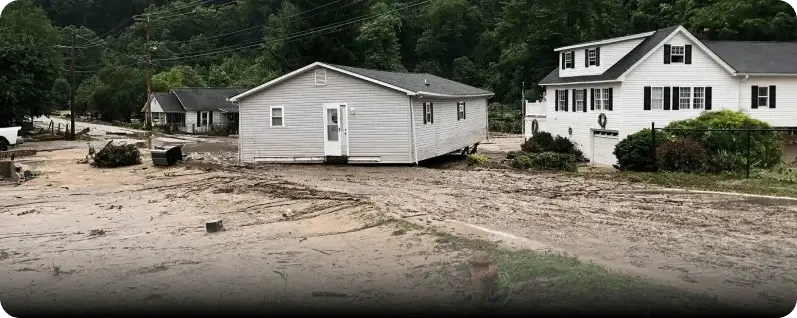
TABLE OF CONTENTS
KEY TAKEAWAYS
- Home insurance class water damage into three categories: clean water (Category 1), greywater (Category 2), and blackwater (Category 3). Each category has its own set of health hazards and coverage effects.
- Generally, home insurance pays for the restoration of infrastructure damaged by water but not for the source of the damage, such as replacing appliances that caused the damage in the first place.
- Water damage resulting from maintenance problems, such as overlooked persistent leaks, is typically not covered by standard home insurance plans.
- External water damage, such as sewer backups or floods, is not covered unless additional coverage is purchased.
- If you experience water damage, you must quickly document the damage, notify your insurer, and compile the necessary evidence to support your claim effectively.
Home insurance can act as your knight in shining armor in various distressing situations, one such situation being water damage. Water Damage is a two-word horror story for every homeowner. It may sound like a minor problem, but it can soon turn grave. For example, burst pipes and minor leakages do not sound as alarming until they flood entire sections of your home, cause structural damage, or demolish your possessions. It also leads to malfunctioning electrical appliances, such as washing machines and dishwashers, posing additional threats. Mold growth and poor air quality are also unwanted outcomes of water damage.
In such situations, your home insurance helps ensure your daily activities are not disrupted for too long. However, every policy comes with certain limitations, which may or may not cover certain damages. To ensure you are making an informed decision, thoroughly review your policy guidelines and understand the extent of coverage your insurer provides.
What Are the Different Types of Water Damage?
Three broad categories, or types, of water damage, are employed for water damage treatment. The following are the classifications of different kinds of water damage.
Category 1
Clean water damage from damaged plumbing, a clogged sink, or rainfall is included in this group of water damage. The problem is resolved within 48 hours, so there aren't many potential health hazards.
However, the water has yet to be dealt with within this time frame. In that case, the materials affected by water may become subjected to different harmful substances, escalating the water damage from Category 1 to Category 2.
Category 2
This damage includes greywater from equipment outputs and chemical residues like detergents, soaps, and laundry detergent. Greywater supports microbial development, which can result in moderate to significant health concerns for individuals around.
Like any water damage, greywater damage will eventually worsen over time. In this situation, ensure you and everyone in your household remain cautious since any contact with greywater damage can harm your health.
Category 3
Sewer black water or water containing oil, grease, urine, etc., falls under category 3, the most hazardous category of water damage. This kind of water damage is infectious because it rapidly gathers germs, viruses, and other harmful irritants.
According to research, more than 90% of people are at risk of contracting an infection or illness due to contact with black water. Extreme care must be exercised when handling black water; experts should be consulted immediately.
Exploring the Limitations of Homeowners Insurance
While home insurance significantly helps in any water damage occurrence, it does not typically cover certain instances.

Covering the Source of the Water Damage
The causing agent of the water damage does not come under the standard insurance policy. While your insurance provider will fulfill the repair costs of the damaged infrastructure, it will not pay to replace a source of water damage, such as the cost of replacing a washing machine, repairing your broken sink, or replacing a worn-out dishwasher.

Damage From Unaddressed Maintenance Problems
Maintaining your house is the primary responsibility of the homeowner. In case of water damage, your home insurance policy will pay for all the repairs and replacement costs for damaged furniture, flooring, and other items.
However, if the cause of the water damage is an overlooked maintenance issue, such as a continuous leakage that the homeowner constantly ignores, your insurance will not cover it.

Damage From External Sewers
Standard homeowners insurance does not cover water damage caused by water backup from an outside sewer. It might cover water leaks, but you must buy additional water backup coverage for extensive damage.

Damage From Floods
Flood damages are not covered by homeowners insurance, regardless of the source. Various agents, such as rivers, lakes, or storms, can cause floods.
Suppose you are concerned that your home may be susceptible to flooding. In that case, you can purchase a separate flood insurance policy through the National Flood Insurance Program or any reliable insurance company.
Claiming Home Water Damage Insurance
If you ever encounter water damage at your house, you should right away do the following:
- Document all the damage from the event immediately to provide proof to your trusted insurer. Click photographs and record videos of areas affected by water. This will strengthen your claim for water damage.
- To initiate your claim, you dial your insurer once you have clicked the necessary pictures and videos. You avoid any delay so that the procedure starts sooner. Prepare all the required documentation and information beforehand to avoid an unnecessary hold-up.
- Take matters into your own hands and stop the damage from spreading. Stop the leakage, dry out the affected areas, and wipe out the water or anything that could contain the problem.
- Calculate the repair and damage costs for your water damage claim. If necessary, get an estimate from a trusted contractor. You should then know how much you will have to pay for the deductible you make out of your pocket.
Conclusion
Water damage, initially a seemingly minor issue, can be the root cause of several expensive repairs. Remembering the steps mentioned above will make it easier for you to navigate a water damage claim. Always document the issue, try to contain the situation on your own, and calculate the damage costs efficiently to ensure you don’t suffer any financial setbacks.
Sometimes, simple measures like checking your plumbing, looking out for damaged pipelines, and caring for your house are still more accessible options than paying hefty sums for water damage repair. You know what they say: precaution is better than cure!
Founded in 1981, CINCO Auto Insurance is a licensed agency proudly serving Texas and Georgia residents with reliable insurance coverage.
Find Car Insurance By Make
Toyota
Ford
Chevrolet
Honda
Nissan
Jeep
Hyundai
Kia
Ram
Subaru
GMC
Volkswagen
Copyright © 2025 CINCO Auto Insurance All Rights Reserved.



